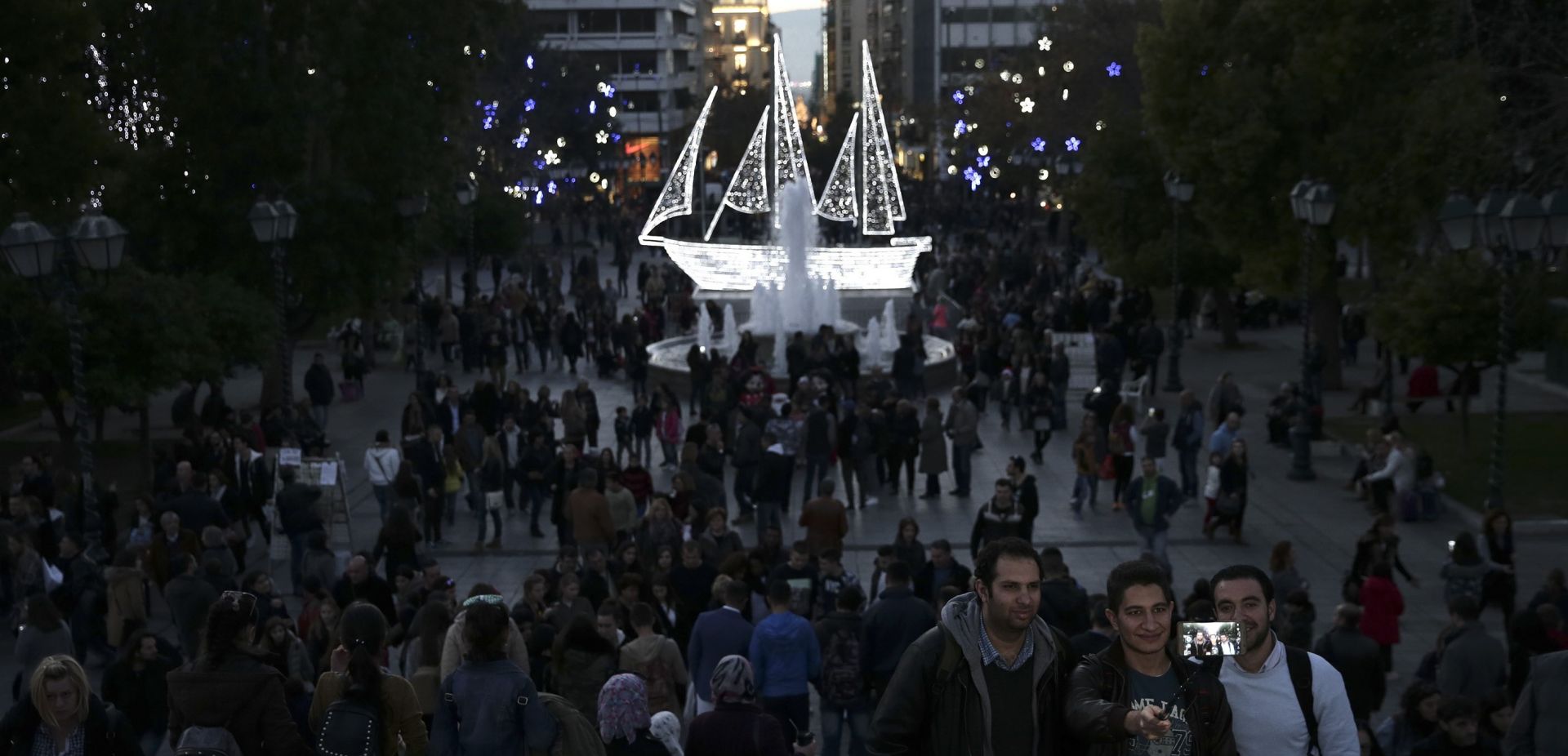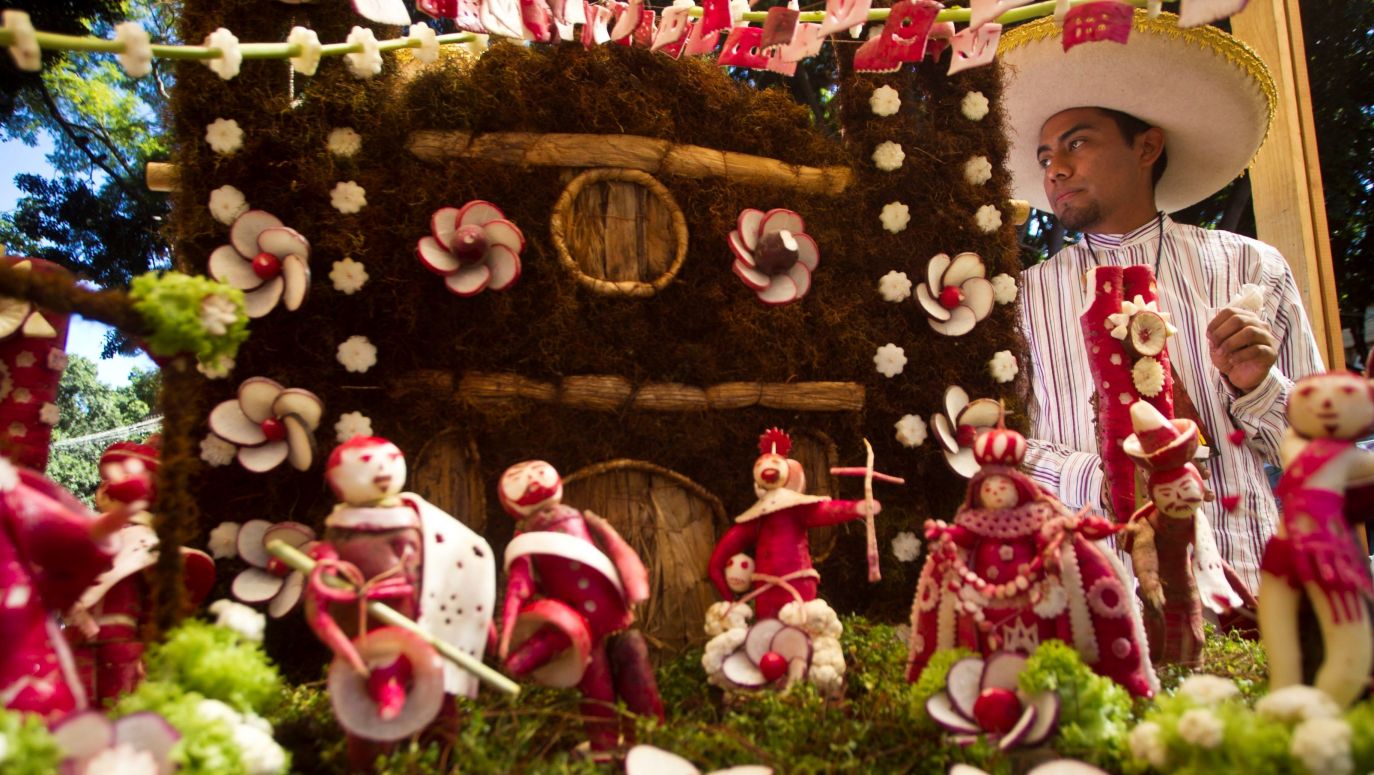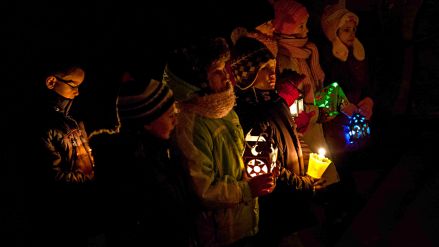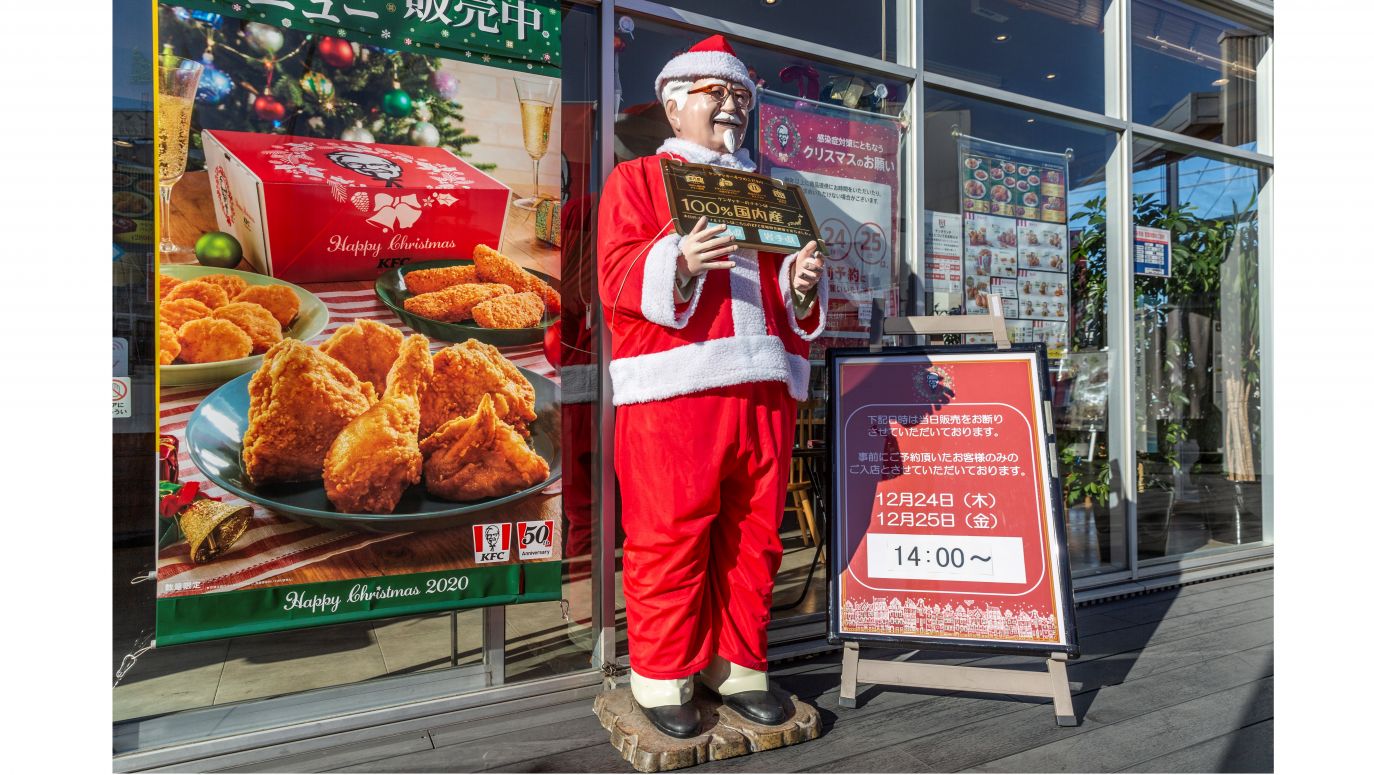“The post-Christmas shopping frenzy is discussed around the Christmas table,” the ethnologist added. “There are few other holidays that are as commercialized as this... Besides, commercialization is not only a phenomenon in the United States. [Poles] too are already part of a society of mass consumption.
Dances and fireworks
Some countries in Asia also have Christmas Eve traditions, especially in the Philippines, which is the most Christian country in Asia. Christians make up about 90 percent of the population of the Philippine Archipelago, the overwhelming majority of whom are Roman Catholic.
 SIGN UP TO OUR PAGE
SIGN UP TO OUR PAGE 
Over the nine days leading up to Christmas, Filipinos attend morning masses, called Simbang Gabi. Depending on the parish, these begin between 3-5 a.m. The ninth, on December 24 is called Misa de Gallo – the same as the one in Mexico. This is celebrated at night on Christmas Eve.
“In the Philippines, Christmas is genuinely a happy time. It is not based on consumption, but supported by magical beliefs, according to which the more one rejoices, the more prosperity one will secure in the coming year. "Nativity scenes" [called "belén" - ed.] are re-enactments of Christmas that are staged on city streets and elsewhere,” according to Dr. Odoj.
The celebration is accompanied by loud music, dancing, and fireworks. “There is also a custom of turning on all the lights in the house, in order to ward off evil spirits and ensure good fortune in the coming year,” the ethnologist adds.
Centuries of a convent, decades of Hollywood
Just a word of explanation! The Philippines became the most Christian country in Asia thanks to Spanish colonizers. In 1521, Ferdinand Magellan sailed there. As it turned out, this was the end of his voyage around the world. “He died in battle with one of the warriors, Lapulapu, ruler of the island of Mactan. To this day, Lapulapu is considered a national hero of the Philippines,” says Dr. Zbigniew Kwiecień, a historian at the Center for American Studies at the University of Warsaw.
Eventually, the Spaniards conquered the Philippines. “In doing so, they forcibly Christianized the local population. Therefore, the majority of the Philippine population today is Catholic. It can be said to be post-Spanish Catholicism. This is evidenced by the very strong Marian devotion in this society, among other reasons.”
The Philippines was a Spanish colony until 1898, longer than other Latin American countries. “From 1898 to 1935, the Philippines was ruled by Americans. One Filipino intellectual said that her country's cultural history from the 16th to the mid-20th century can be summarized as: ‘Three hundred years in a convent and 50 years in Hollywood’,” says Dr. Kwiecień.
Ice rinks and funfairs
South Korea is the second most Christian country in East Asia. Christians (mostly Protestants) make up 20-30 percent of the population. In this country, Christmas is mostly about business. It's a lot like... Valentine's Day.
“In South Korea, Christmas has been widely celebrated since 1945, ever since American soldiers arrived in the country,” said Dr. Joanna Beczkowska, a specialist in Korean issues at the University of Łódź. At the end of WWII, Christians made up less than five percent of the population.
She added that Christmas is treated more as a curiosity in Korea. “It is considered partly commercial, partly entertainment. In the days leading up to Christmas, shopping malls, adorned with Christmas decorations, tempt shoppers with a wide range of gifts. South Koreans rarely decorate Christmas trees. In addition, Christmas Eve is not celebrated. Christmas has no family dimension in this country. There are also no traditions related to Christmas dishes," Dr. Beczkowska said, adding that people eat sweets and cakes.


 SIGN UP TO OUR PAGE
SIGN UP TO OUR PAGE 






